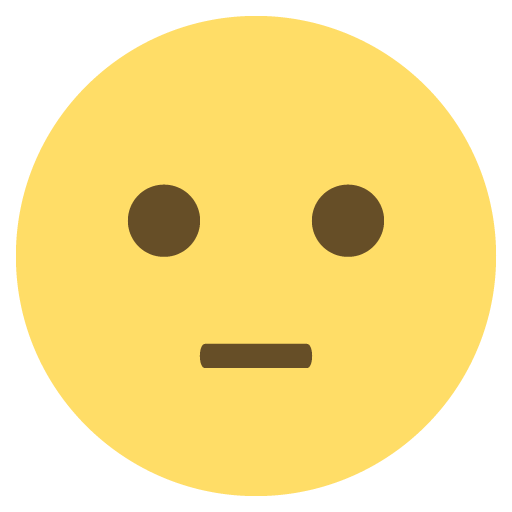Hi Biology experts, I have a question regarding meiosis. I provided a diagram in my textbook for clarify if my wording is confusion.
OK, so the simplified diagram starts with a "a pair of homologous chromosomes". And as defined in the book, 1 homologous chromosome has 2 sister chromatids, so a pair of homologous chromosomes have 4 sister chromatids, correct?
All right, In Part 1, the pair of homologous chromosomes are duplicated, so that means there are 8 sister chromatids, total, correct?
In part 2, the homologous chromsomes are separated into two cells. Each cell has 4 sister chromatids, correct?
And then in Part 3, each gamete then has 2 sister chromatids?
If this is the case, my confusion is with the wording of the textbook in the diagram. Because the first image tells me there are 4 sister chromatids before part 1. And then in part one, the caption says sister chromatids for the duplicated homologous chromosomes, pointing to two of them, but shouldn't there be 4?

What am I missing?

I wasn't allow to post the image in the first post. Here it is